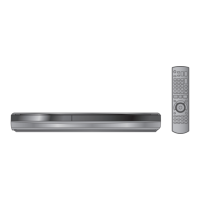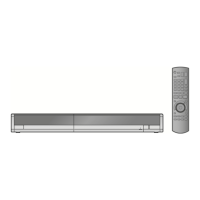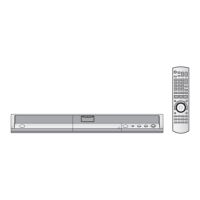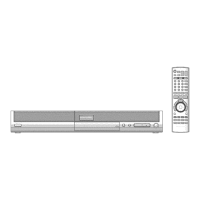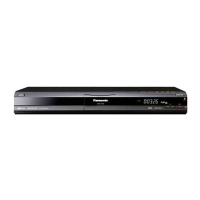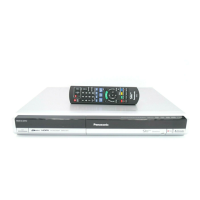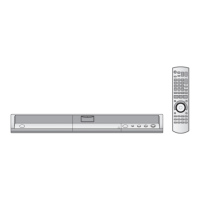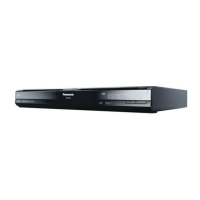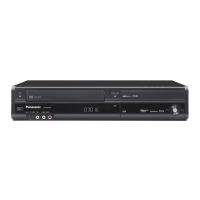69
RQT9272
Digital Audio Output
Change the settings when you have connected equipment through
the unit’s DIGITAL AUDIO OUT terminal ( 76).
Press [OK] to show the following settings.
PCM Down Conversion
Select how to output audio with a sampling frequency of 96 kHz.
Signals are converted to 48 kHz despite the above settings if the
signals have a sampling frequency of over 96 kHz, or the disc has
copy protection.
[On] Signals are converted to 48 kHz. (Choose when the
connected equipment cannot process signals with
sampling frequency of 96 kHz.)
[Off] Signals are output as 96 kHz. (Choose when the
connected equipment can process signals with sampling
frequency of 96 kHz.)
Dolby Digital
Choose whether to output by “Bitstream”, which processes Dolby
Digital signals on other connected equipment, or to convert the
signals to “PCM (2ch)” on the unit before output.
[Bitstream] When connected to equipment with a built-in Dolby
Digital decoder.
[PCM] When connected to equipment without a built-in Dolby
Digital decoder.
DTS
Choose whether to output by “Bitstream”, which processes DTS
signals on other connected equipment or to convert the signals to
“PCM (2ch)” on the unit before output.
[Bitstream] When connected to equipment with a built-in DTS
decoder.
[PCM] When connected to equipment without a built-in
DTS decoder.
MPEG
Choose whether to output by “Bitstream” which processes MPEG
audio signals on other connected equipment or to convert the
signals to “PCM (2ch)” on the unit before output.
[Bitstream] When you have connected the unit to a piece of
equipment with a built-in MPEG decoder.
[PCM] When you have connected the unit to a piece of
equipment without a built-in MPEG decoder.
Incorrect settings can cause noise to be output which can be
harmful to your ears and speakers, and audio will not be recorded
properly on media such as mini discs.
Refer to the operating instructions for connected devices to verify
whether or not they can decode each of the audio formats.
Audio Mode for XP Recording
Choose the audio type when recording or copying with XP mode.
[Dolby Digital] ( 92)
[LPCM] ( 92)
The picture quality of LPCM recordings may be lower than that of
normal XP mode recordings.
The audio recording becomes Dolby Digital even if you selected
LPCM when using a recording mode other than XP.
When recording a bilingual broadcast, select the type of audio in
advance from “Bilingual Audio Selection” ( left).
Audio Mode for DV Input
You can select the kind of audio when recording from the unit’s DV
IN terminal ( 30).
[Stereo 1] Records audio (L1, R1)
[Stereo 2] Records added audio such as narration (L2, R2)
subsequent to original recording.
[Mix] Records both Stereo 1 and Stereo 2.
When recording bilingual broadcast, select the type of audio in
advance from “Bilingual Audio Selection” ( left).
Picture
, select “Picture” , select item
Comb Filter
Select the picture sharpness when recording.
The setting is fi xed with “On” if you set “TV System” to “NTSC”
( 71).
[On] Select it to record clear picture.
[Off] Normally, use this setting.
Still Mode
Select the type of picture shown when you pause play ( 92, Frame
and Field).
[Automatic]
[Field] Select if jittering occurs when “Automatic” is selected.
[Frame] Select if you cannot see small text or fi ne patterns
clearly when “Automatic” is selected.
Seamless Play
Select the play mode between playlist chapter segments and
partially deleted titles.
[On] The chapters in playlists are played seamlessly. This does
not work when there are several audio types included on the
playlist and when using Quick View (Play ×1.3). Additionally,
the positioning of chapter segments may change slightly.
[Off] The points where chapters in playlists change are played
accurately, but the picture may freeze for a moment.
Picture and Sound Settings
Dynamic Range Compression
[DVD-V] (Dolby Digital only)
Change the dynamic range ( 92) for easier listening in low volume.
[On] [Off]
Bilingual Audio Selection
Select whether to record the main or secondary audio type when:
Recording or copying to a DVD-R, DVD-R DL, DVD-RW (DVD-
Video format), +R, +R DL and +RW.
“Recording Format” is set to “Video format”.
Recording or copying sound in LPCM ( right, “Audio Mode for XP
Recording”).
[M 1] [M 2]
You cannot select the audio on this unit when recording from an
external source, such as when copying from a video cassette
recorder (except from DV equipment connected to this unit’s DV
input terminal). Select the audio on the other equipment.
When recording from the unit’s DV terminal, select the type of audio
recording from “Audio Mode for DV Input” ( right).
Setting Menus
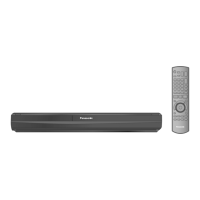
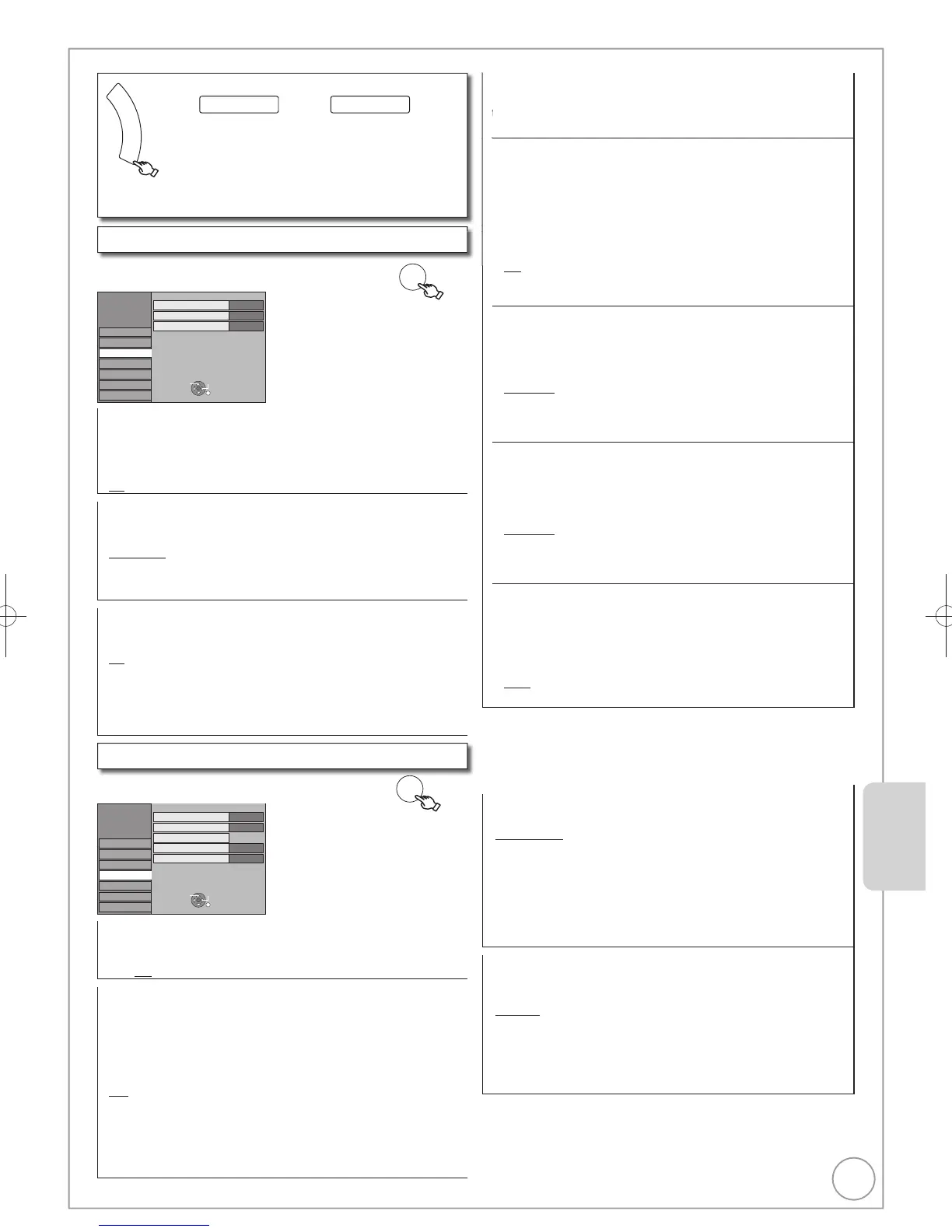